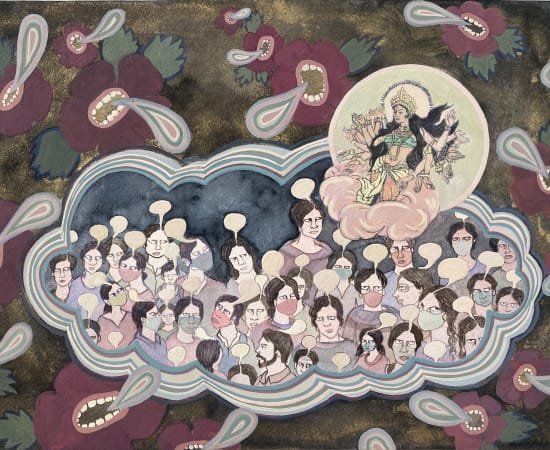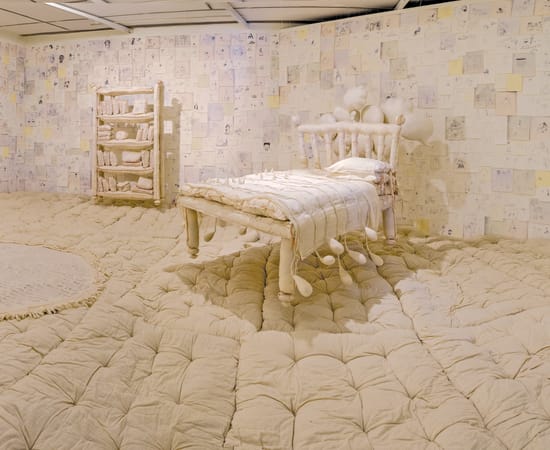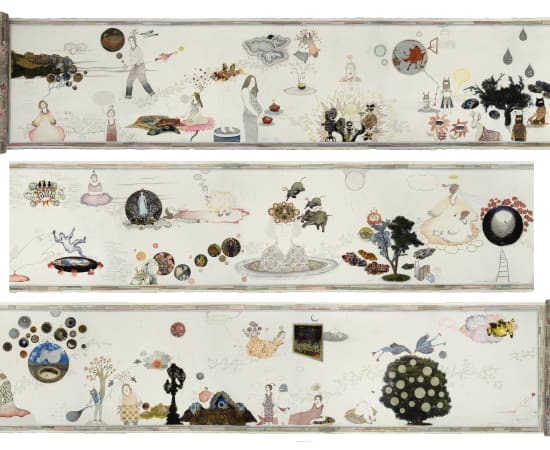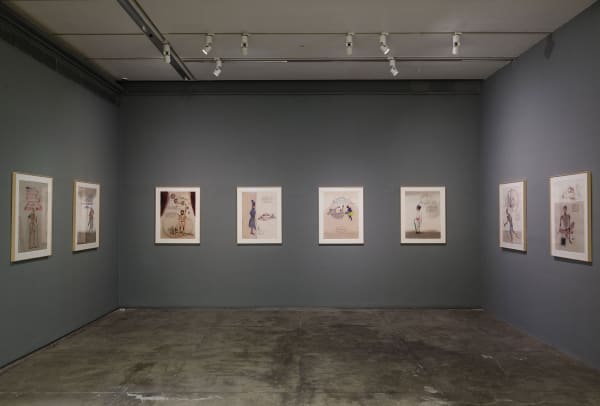Dhruvi Acharya b. 1971
-
 Eighth Elusive Recess, 2020
Eighth Elusive Recess, 2020 -
 Fifth Elusive Recess, 2020
Fifth Elusive Recess, 2020 -
 Painting in the Time of Corona, 2 April 2020, lockdown day 9, 2020
Painting in the Time of Corona, 2 April 2020, lockdown day 9, 2020 -
 Painting in the Time of Corona, 29 March 2020, lockdown day 5, 2020
Painting in the Time of Corona, 29 March 2020, lockdown day 5, 2020 -
 Painting in the Time of Corona, 8 April 2020, lockdown day 15, 2020
Painting in the Time of Corona, 8 April 2020, lockdown day 15, 2020 -
 Seventh Elusive Recess, 2020
Seventh Elusive Recess, 2020 -
 Wisdom of Crowds?, 2020
Wisdom of Crowds?, 2020 -
 Awakening, 2016
Awakening, 2016 -
 what once was, still is, but isn't, 2016
what once was, still is, but isn't, 2016 -
 1994-2014, 2014
1994-2014, 2014
b. 1971, in Mumbai, India
Dhruvi Acharya is a Mumbai-based artist whose works are characterised by psychologically complex narratives, peppered with dark humour. Her works transform human-forms of her mostly female protagonists to echo their temperaments, often deploying empty speech or thought bubbles to convey unspeakable sentiments. Drawing from her own life, Acharya’s oeuvre unravels like a personal diary — it showcases an urban woman’s tribulations in a world seething with gender inequalities, ecological disasters, and emotional upheavals, all portrayed with critical distance.
Acharya completed her undergraduate studies in Applied Arts from the Sophia Polytechnic in Mumbai. Following her marriage, she moved to the US in the 1990s, where homesickness inspired her to draw and paint her memories of home. She studied painting with the renowned Abstract Expressionist, Grace Hartigan, Director of the Hoffberger School of Painting, Maryland Institute College of Art, from where she received her MFA in 1998. Her early paintings such as A Life Divided (1998) and Mumbai (1999) feature ‘memory landscapes’ that combined a western aesthetic of colour-field painting with flattened perspectives inspired by Indian miniature paintings.
Drawing from Amar Chitra Katha’s illustrated stories that she read as a child, elegant Mughal folios, particularly from the Padshahnama, as well as the work of artists such as Juan Miro, Takashi Murakami, Lari Pittman, and Barry McGee, Acharya’s paintings progressively evolved into multi-layered narratives. She used humour to address issues like the cultural discrimination against women, as she developed her distinctive visual vocabulary.
Thought and speech bubbles started to appear in Acharya’s works with paintings like April (2000), and collages from Amar Chitra Katha with works like Captive (2001). Her protagonists, embodying roles of the mother, goddess, or women are depicted in reticent gestures with empty thought balloons stemming from their heads. Her paintings featured predatory foliage and tear drops, visuals that recur across her practice. In Paint (2004), a female artist stares vacantly at an empty canvas, reckoning with creative anxiety. Paintings such as Body Bed (2002) and Hot Air (2003) capture notions of maternity. Acharya’s own experience of being a mother features profoundly in her works such as The Final Frontier and Wham! Bam! Kerplonk!Splat! (2006) that portray her son amidst super-heroes, influenced by a society that encourages machismo.
Having moved to Mumbai in 2003, Acharya’s works also increasingly revealed the sociological and environmental hazards of humanity’s unbridled pillaging of earth’s natural resources. Her ambitious multi-panelled painting Air Fair (2008), appropriated advertisements, featuring words like ‘Gasp,’ or ‘Buy Breath,’ to depict how even clean air is commoditised and Airfare (2008) shows a landscape with her andromorphic protagonists warring over breathable air.
The interplay between text and image is fundamental to Acharya’s work. The empty speech bubbles in her paintings invite viewers to interpret the blanks based on visual narratives. Her 2008 series, Words reversed the typical relationship between image and text in her works, concealing the figures and emphasising their speech. Here, the text, with accompanying illustrations painted over, enables viewers to grasp stories that draw from folk tales where women are dutiful wives and daughters, as expected by society. Her painting Woman and Men (2016) situates a female and three identical men in a canvas covered with texts relating to the experiences of widows in India. Words of Kindness (2016) echoes things she was told after her husband’s passing, and in the paintings Weigh (2019) and Femina (2019), female bodies are covered with derogatory words used against women. Acharya persistently addresses patriarchy, impractical beauty ideals, and sexual-violence through further representations of the female body in varied dispositions - menstruating, pregnant, or overweight, shedding light on the toxic social encounters that women typically deal with.
In 2010, Acharya lost her father and husband, and was propelled into a state of intense sorrow. A 2013 commission for a 32-foot mural for JSW plunged her back into painting, and in 2014 she participated in Chemould Prescott Road’s 50th anniversary show with a 17-foot scroll that documented her 16 years with her late husband. In 2016 she showed a new body of work in a major solo exhibition entitled, ‘After the Fall’. Alongside paintings, this show featured a soft sculptural installation, What once was, still is, but isn’t, where people could enter a floating bedroom in which all the furniture was made of fabric. Wallpapered with thousands of drawings, the dreamlike space invited viewers to experience the disorientation that one faces in the early days of grief where dreams nightmares and reality seem to all merge. Her paintings in the exhibition embodied the emotional states of coming to terms with and living with profound loss. Her works have since engaged further with questions of mortality, counterpointed with the pleasures of charting through life, and the experiences of a middle-aged woman.
When India’s Janata Curfew was announced in March 2020, Acharya embarked upon a series of works, Painting in the Time of Coronaresponding to the disruption caused by the Pandemic. Her works poignantly responded to issues of health care, effects of isolation, the condition of daily wage labourers, and the suffering of people around the world. The trope of the reclusive woman persists in her works even as they invite viewers to consider their own sentiments and experiences by actively filling all the deliberately blank spaces in her narratives, through a reflection upon human coexistence.
The artist lives and works in Mumbai, India.
-

Part 1: Framing | CheMoulding: Framing Future Archives
Curated by Shaleen Wadhwana | 60 Years of Gallery Chemould 15 Sep - 22 Oct 2023Anant Joshi, Archana Hande, Atul Dodiya, Bhuvanesh Gowda, Desmond Lazaro, Dhruvi Acharya, Gigi Scaria, Jitish Kallat, Madhvi Subrahmanian, Meera Devidayal, Mithu Sen, NS Harsha, Ram Rahman, Ritesh Meshram, Shakuntala Kulkarni,...Read more -

Modus Operandi III: Together Alone
Group Show 11 Aug - 10 Sep 2022The premise of Modus Operandi began and continues with an exhibition of Chemould's roster of artists - every iteration presents us an opportunity to exhibit them under one roof, in...Read more -

On|Site | Entry Only
Group show 3 - 9 Mar 2021A collaborative project between four galleries at Bikaner House, New Delhi. Bikaner House, a former residence of the Maharaja of Bikaner in Rajasthan, retains its grand aura of a distinguished...Read more -

Elusive Recesses
Dhruvi Acharya | In-Touch Edition V 16 Dec 2020 - 1 Mar 2021These ink and watercolor works were made while in isolation during the global coronavirus pandemic. If the fear of the virus was not enough, almost on a daily basis we...Read more -

Out-site / Insight
Group Show | In touch Edition I 24 Apr - 23 Jul 2020We approached our artists inquiring how they were doing in this time of isolation. Several of them are unable to make art - using their time to read, watch films,...Read more -

Painting in the Time of Corona
Dhruvi Acharya 18 Apr - 18 May 2020ALL WORKS ARE ON SALE. PROCEEDS WILL GO TOWARDS CHARITY. As Dhruvi Acharya’s watercolour paintings go on sale, proceeds will go towards those who are severely affected during this pandemic....Read more -

Modus Operandi II
Group Show 18 Jul - 24 Aug 2019Synonymous with the first edition of Modus Operandi, where we brought together over 25 Chemould artists and their unique artistic language in dialogue with each other through various mediums, we...Read more -

Modus Operandi
Group Show 13 Jul - 18 Aug 2018This July, Chemould Prescott Road presents Modus Operandi, a show that has been devised by Shireen Gandhy and the Chemould team, brin ging together a large number of Chemould artists...Read more -

After the Fall
Dhruvi Acharya 14 Oct - 19 Nov 2016Employing her subtle, dark and wry humour, Dhruvi Acharya’s new body of work explores the arduous emotional and psychological processes of reconstructing one’s self and returning to a purposeful life....Read more -

A Summer Mix
Group Show 20 May - 15 Jul 2015Aditi Singh | Anju Dodiya | Atul Dodiya | Bhuvanesh Gowda | Desmond Lazaro | Dhruvi Acharya | Gigi Scaria | Jitish Kallat | Lavanya Mani | Meera Devidayal |...Read more -

Aesthetic Bind: Floating World
50 Years of Chemould | Group Show 19 Mar - 17 Apr 2014Among several imaginaries conjured by the Floating World, there is cosmology and a revolving earth-world; oceanic flows and cartographic representation of the globe’s topography; and an incremental growth in migration,...Read more -

One Life on Earth
Dhruvi Acharya 6 - 30 Aug 2008After her critically acclaimed show in 2006, Chemould Prescott Road and Nature Morte are very pleased to present Dhruvi Acharya with a new body of work titled, One Life on...Read more
-
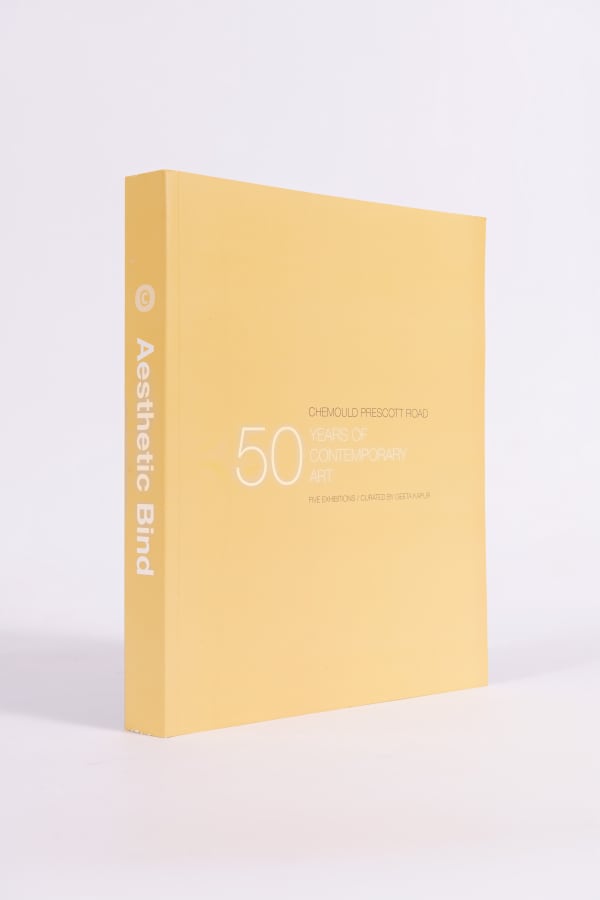
Aesthetic Bind
50 Years of Contemporary Art 2013 - 14SoftcoverRead more
Dimensions: 24 x 29 cm -
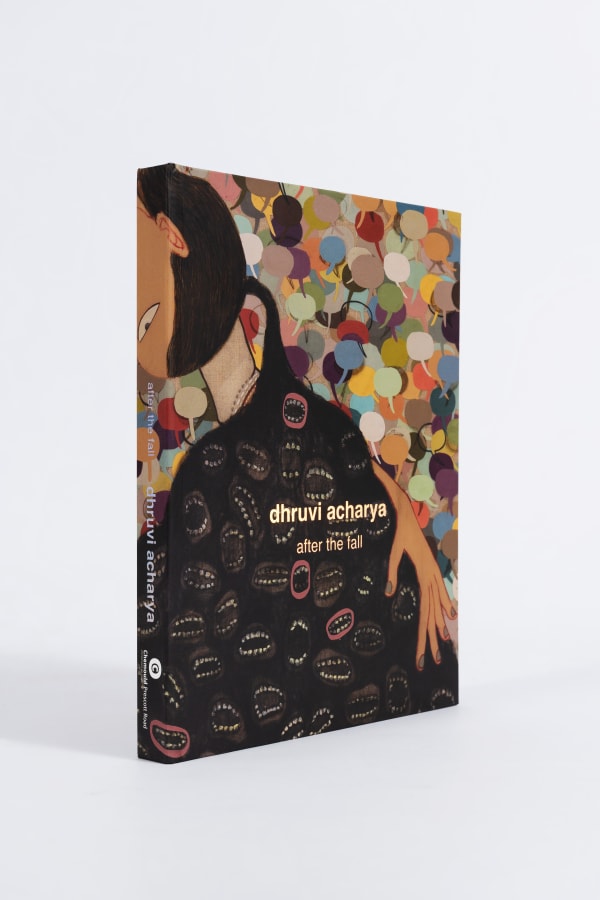
After the Fall
Dhruvi Acharya Gayatri Sinha - Essay and Interview, 2017HardcoverRead more
Dimensions: 27 cm x 22 cm -

One Life On Earth
Dhruvi Acharya 2008SoftcoverRead more
Dimensions: 25.5 x 21.5 cm -

two plus two equals
paintings and watercolors by Dhruvi Acharya 2006Softcover, 35 pagesRead more
Dimensions: 25.5 x 20.5cm
-

India Art Fair 2024
New Delhi 1 - 4 Feb 2024Booth B2 Public days: Feb 1 - 4, 2024 We look forward to welcoming you once again in person to our booth at India Art...Read more -

Art Mumbai
Mumbai 16 - 19 Nov 2023Read more -
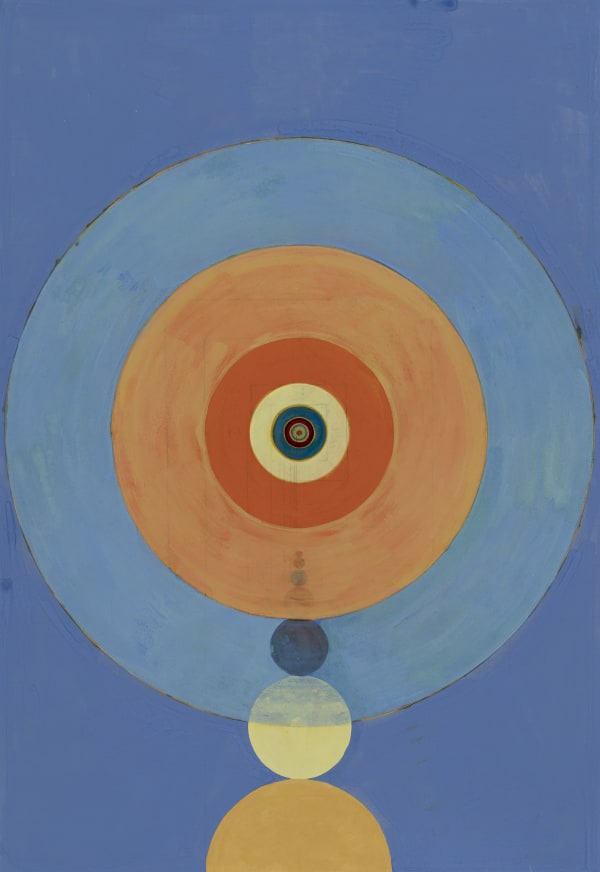
Art Dubai
Dubai 1 - 5 Mar 2023Booth E1 Public days: Mar 1 - 5, 2023 We look forward to welcoming you once again in person to our booth at Art Dubai...Read more -
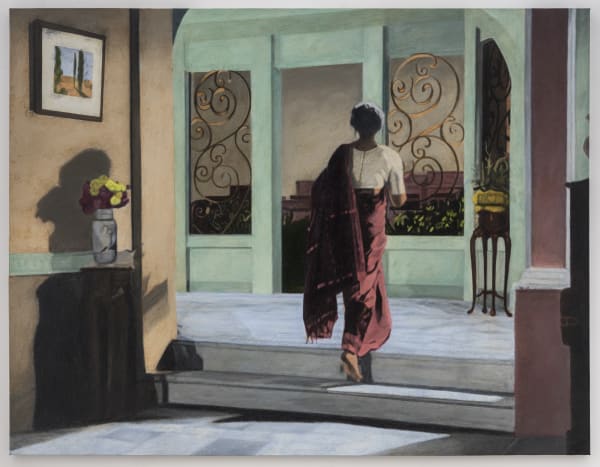
India Art Fair 2023
New Delhi 9 - 12 Feb 2023Booth B2 Public days: Feb 9 - 12, 2023 We look forward to welcoming you once again in person to our booth at India Art...Read more -
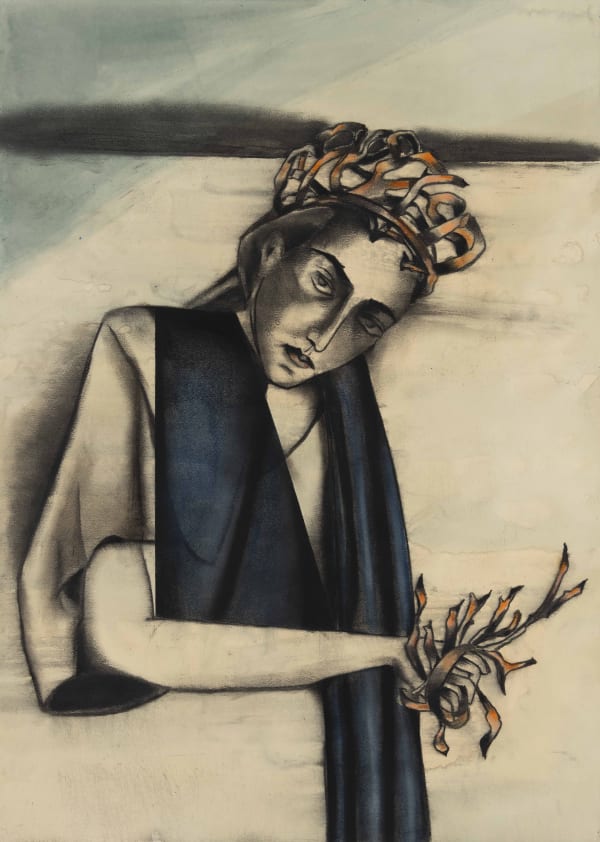
India Art Fair 2022
New Delhi 28 Apr - 1 May 2022This year we look forward to returning to India Art Fair; presenting new works across multiple mediums created by nine of the gallery artists. Anju...Read more -

India Art Fair 2019
New Delhi 31 Jan - 3 Feb 2019Public days: Jan 31 - Feb 3, 2019 Chemould Prescott Road presents a suite of works this year at India Art Fair 2019 that reflect...Read more -

Art Basel 2017
Basel, Switzerland 15 - 18 Jun 2017Public days: June 15 - 18, 2017 Chemould Prescott Road has a roster of senior, mid-career and young artists who have been part of the...Read more -
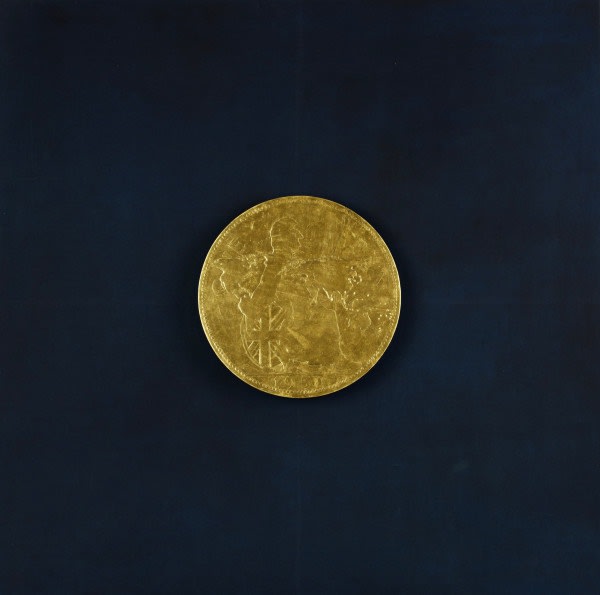
Art Basel Hong Kong 2017
Hong Kong 23 - 25 Mar 2017Public days: March 23 - 25, 2017 Chemould Prescott Road has a roster of senior, mid-career and young artists who have been part of the...Read more -
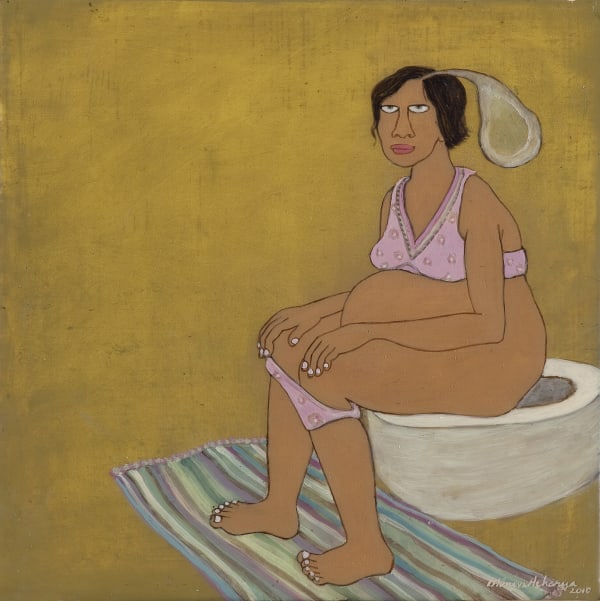
FIAC 2011
Paris, France 20 - 23 Oct 2011Public days: Oct 20 - 23, 2011 Chemould is honored to return to the Grand Palais in Paris for the 2011 Edition of Foire Internationale...Read more -
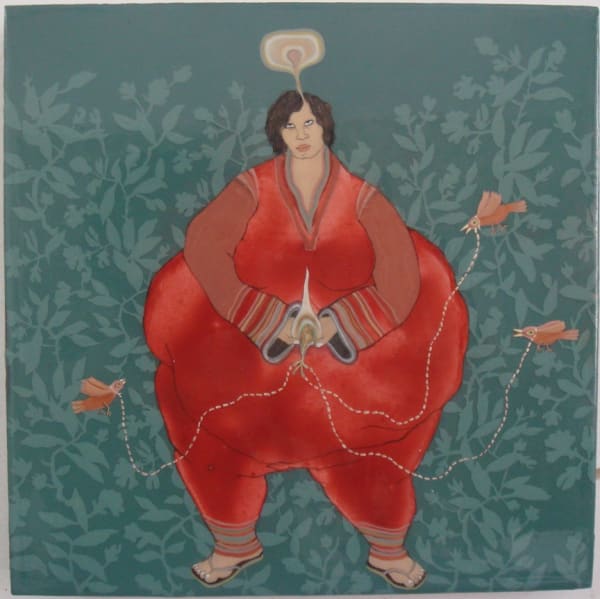
Art Basel Miami 2008
Miami Beach 3 - 7 Dec 2008Public days: Dec 3 - 7, 2008 Chemould Prescott Road has a roster of senior, mid-career and young artists who have been part of the...Read more -
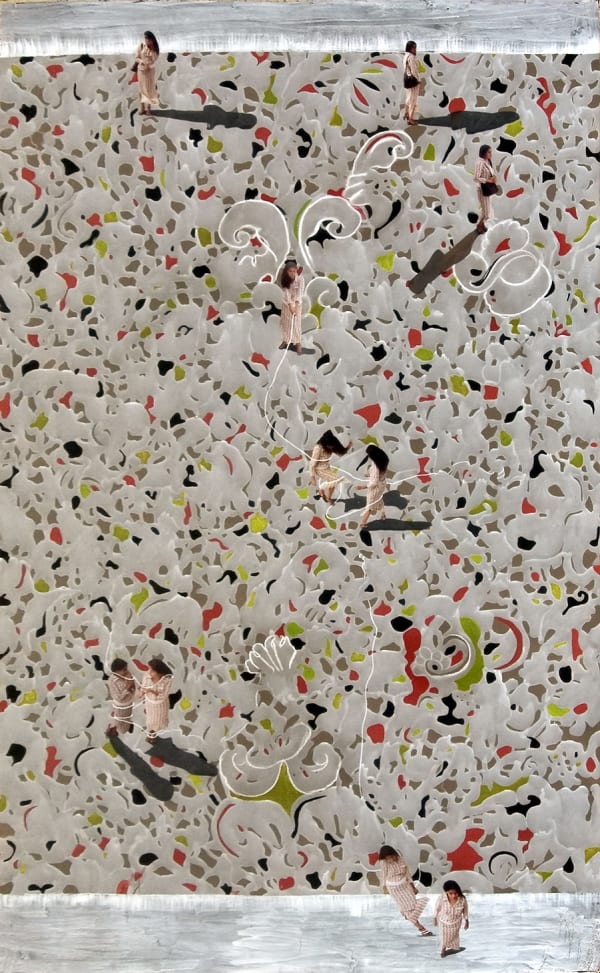
DIFC Gulf Art Fair 2007
Dubai, UAE 7 - 10 Mar 2007Public days: March 7 - 10, 2007 Chemould Prescott Road is delighted to present the works of seven artists, Tushar Joag, Anant Joshi, Jitish Kallat,...Read more














